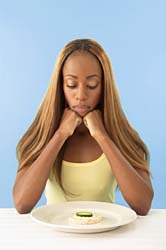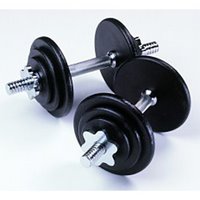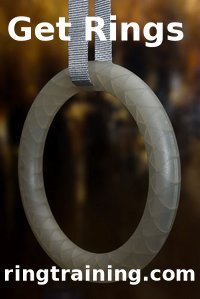I recently had to make a 3 day trip down to Sunnyvale California for work. It was a pretty good trip, as far as business goes (although the weather was oddly cooler than here at home in Canada).
Heading out of town for any length of time breaks up the normal routine. Sleeping, eating and exercising are all completely disturbed by meetings, work and jet lag. But with some effort, the potential damage to these three essential pieces of the fitness pie can minimized.
As I’ve mentioned in many previous posts, sleep is very important, not only for staying healthy and keeping your brain active, but for building muscle and weight loss.
Flying outside of your timezone will modify your sleep cycles enough to totally cause a run down. I find that flying East and gaining time is the most difficult. Regardless, catching some Z’s on the plane will help. Especially if you’re flying an all nighter. But there’s nothing worse than trying to sleep on the plane.
Bring on the plane:
- a neck support
- some ear plugs
- a blind fold
as soon as the first meal and movie is finished, plug your ears, support your neck, blind yourself and wrap up in a blanket. This will help get some necessary shut eye.
When you get to your hotel and your first night arrives, try to push yourself through to your normal sleep time. Otherwise, you might find yourself going to bed super early and waking up at 4am.
When it comes to eating while away, restaurants and fast food are unfortunately on the meal plan. But even when faced with double cheeseburgers and heaping piles of mashed potatoes, there are always ways of maintaining a healthy diet.
Always try to keep the Zone mentality in mind when getting a meal. Make sure to balance the protein to carb ratio, 30:40.
If you’re getting breakfast in the hotel restaurant, bacon, eggs and some fresh fruit would be ideal. Hold off on the potatoes and toast. Lunch or dinner requires something quick? Go ahead and burger it up, but skip the fries and toss the top of the bun. If a salad is offered as a side, always go that route instead of something fried.
Dinner portions at restaurants are generally huge (especially when paid for by the company) so know your limit. Just because there’s food on the plate doesn’t mean you need to eat it all. Try to skip out on the alcohol. It may be difficult, but at least stay away from the beer. Beer may taste great but we all know what it means to the bellies.
Working out, on the other hand, may be easier to accomplish during a business trip than while at home. The distractions of family life are not present and most hotels have at least some form of exercise room available.
Check when you arrive to see what time the hotel gym opens at. If you’re flying from New York to Santa Clara, you will probably be up before the sun rises so take advantage of the early morning and charge yourself up with a workout.
Most likely, however, the hotel’s exercise room will contain mostly treadmills and possibly one or two universal machines. You’ll be lucky if there are dumbbells or any other equipment. Make the most of what is available and improvise. Remember that no matter what kind of lack of equipment you’re faced with, you will always have pushups, situps, leg raises, squats and dips.
While away on business, you will be faced with all sorts of obstacles to your normal routine. The key is to try and keep up with your daily activity and manage to eat healthy.
Don’t give up and pretend that you will just continue with your routine when you get back. More likely than not it won’t happen. Once you get distracted from your workout schedule and eating plan, it is really difficult to get back on top of it.
No Comments | In: diet, exercise, fitness, nutrition | | #
 There is a large body of evidence that having a
There is a large body of evidence that having a  Sometimes you feel hungry when you don’t really need to eat. Typically in these moments are in between meals and usually less healthy choices are made - we reach for the bag of chips or chocolate bars - yes, the joys of snack time.
Sometimes you feel hungry when you don’t really need to eat. Typically in these moments are in between meals and usually less healthy choices are made - we reach for the bag of chips or chocolate bars - yes, the joys of snack time. When most people think of a weight loss program, they first probably think of dieting. Second to that is usually some for of cardio - walking, running, elliptical, whatever. These two components are definitely important parts of losing weight. However, what many people don’t realize is that resistance training is also very important.
When most people think of a weight loss program, they first probably think of dieting. Second to that is usually some for of cardio - walking, running, elliptical, whatever. These two components are definitely important parts of losing weight. However, what many people don’t realize is that resistance training is also very important.